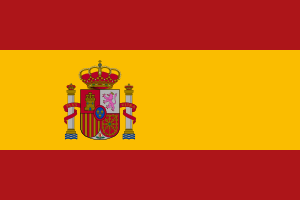BULGARIAN MUSIC AND DANCE
Folk Music
 What is
traditionally referred to as “Bulgarian folk music” has its roots
in aural traditions that predate musical notation in Bulgaria.
Heavily influenced by and in turn influencing neighbouring Greek,
Romanian and Macedonian rhythms, Bulgaria’s folk heritage is rich
and varied. These are the songs sung and dances danced at festivals
and weddings in Bulgarian villages in Revival (19th century) times.
Due to the efforts of early 20th century ethnographers, these songs
and rhythms have been codified, preserved and can now be
studied, performed and woven into modern variations.
What is
traditionally referred to as “Bulgarian folk music” has its roots
in aural traditions that predate musical notation in Bulgaria.
Heavily influenced by and in turn influencing neighbouring Greek,
Romanian and Macedonian rhythms, Bulgaria’s folk heritage is rich
and varied. These are the songs sung and dances danced at festivals
and weddings in Bulgarian villages in Revival (19th century) times.
Due to the efforts of early 20th century ethnographers, these songs
and rhythms have been codified, preserved and can now be
studied, performed and woven into modern variations.
Folk songs have
rich and varied harmonies and many have asymmetric beats (7, 9, 11 or
15/16, which should make anyone familiar with musical theory
cross-eyed). They’re often accompanied by traditional instruments
such as the gaida (sheepskin bagpipe), gadulka (bowed lute) and kaval
(wooden flute), but also sometimes unaccompanied at all, painting
complex soundscapes with voices alone. Themes include love, family,
the Ottoman dominion and liberation, and nature.
In 1975, an
album called “The Mystery of Bulgarian Voices” was compiled by
Swiss ethnomusicologist Marcel Cellier, and eventually re-released in
1986 to international acclaim.








